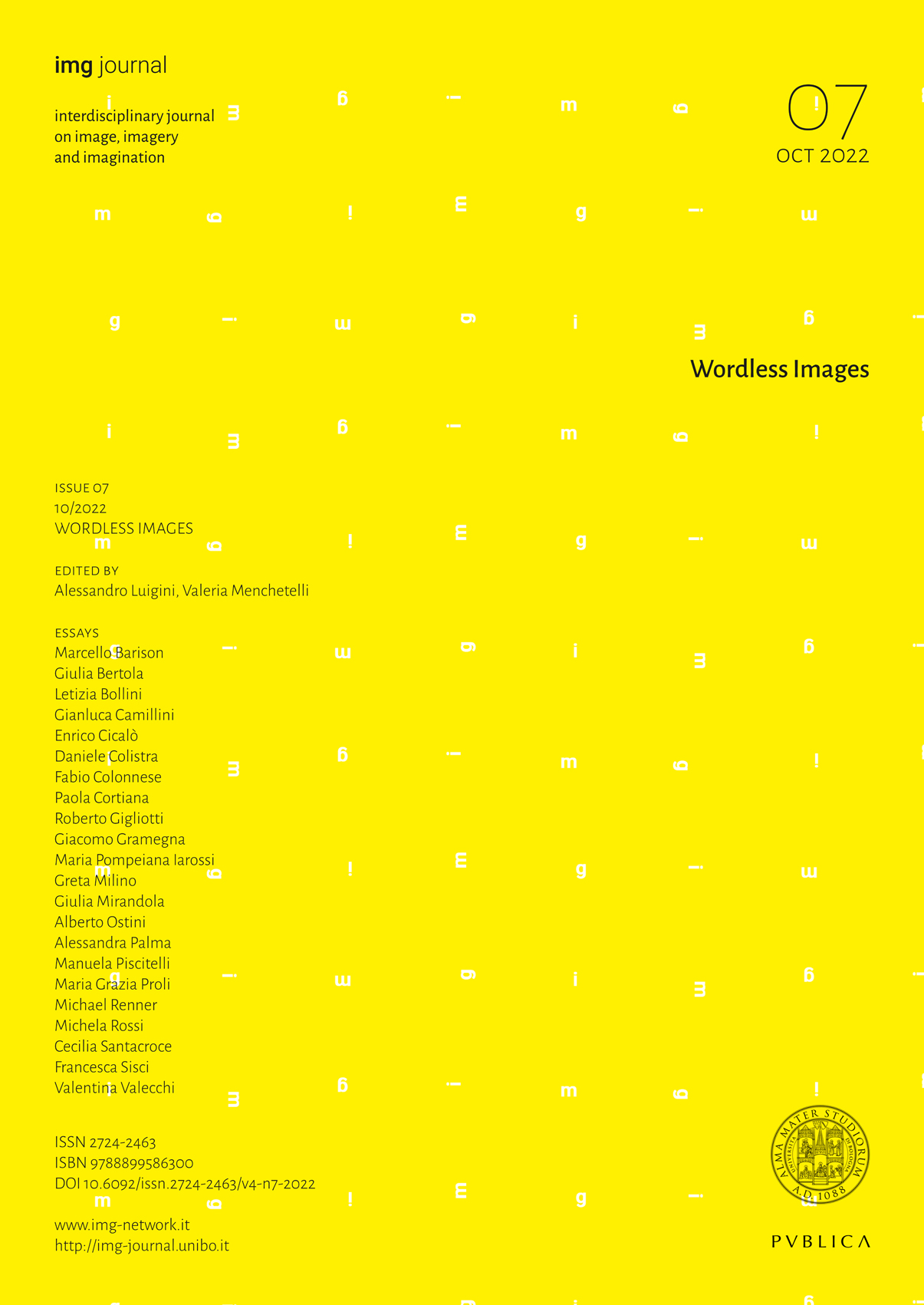The Opera in Images. Iconography of the Mise-en-Scène in the 19th Century
DOI:
https://doi.org/10.6092/issn.2724-2463/15129Keywords:
mise-en-scène, scenography, costume design, advertising poster, theatrical iconographyAbstract
The project of the mise-en-scène has a highly visual nature and is expressed in images. The digitization of many archives of historical theatres made available a vast repertoire of images, the analysis of which allows us to understand the phenomenon of the mise-en-scène in its historical roots and evolution. The present research focuses on the repertoire of stage images investigated in their intrinsic nature as visual and communicative artifacts, classifying them according to the purpose of the representation and the techniques of execution to reconstruct the role that images played in defining a theatrical imaginary of places and costumes. The articulation of the paper will distinguish three different types of images, each investigated in its visual and technical characteristics. The first concerns the visual component of the project, which was expressed through the sketches, both regarding set design and costumes. The second typology is that of visual witnesses of the stage for dissemination purposes, whose distribution was mainly entrusted to illustrated periodicals. Finally, the third typology includes the images for promotional purposes of the nascent poster advertising.
Downloads
Published
How to Cite
Issue
Section
License
Copyright (c) 2022 Manuela Piscitelli

This work is licensed under a Creative Commons Attribution 4.0 International License.





